Welcome to New Player’s Guide, the first stop on your journey to playing D&D. This series has advice for players who’ve just joined their first D&D campaign, as well as Dungeon Masters who want help taking their new campaign to the next level. To see the other articles in this series, check out the New Player’s Guide tag—and for the brass-tacks information on how to start playing D&D, click on the New Player Guide link at the top of this page!
This sixth entry in the New Player’s Guide series is for Dungeon Masters who have just ran their first session of a brand-new campaign. (Maybe even their first session of D&D ever!) You’ve probably run a published adventure or created a simple one yourself, like we talked about in New Player’s Guide: Choosing Your First Adventure. Your players had a great time, or at least they had enough fun to want to come back and keep playing! If you want to keep DMing for them, the most common way of playing multiple games of D&D is to create a campaign. Here’s how.
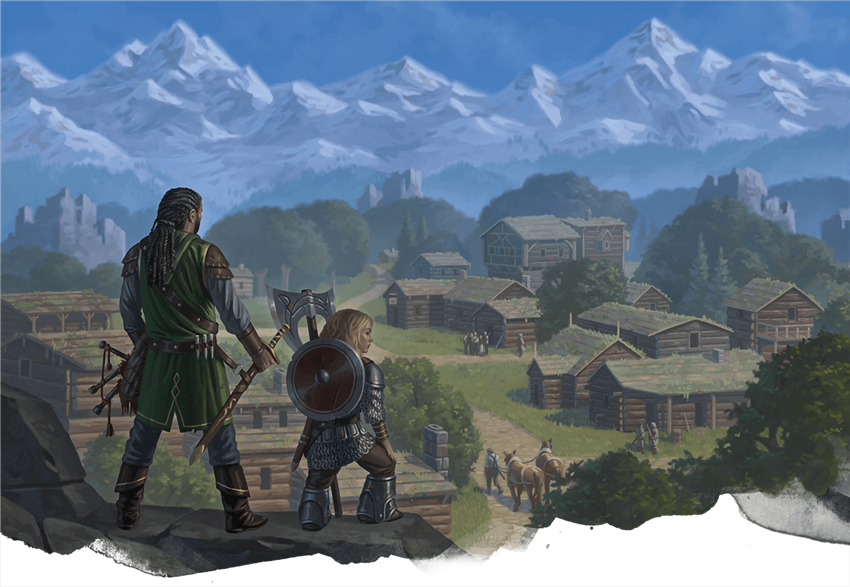
Start with the Basics
This article builds on top of advice found in chapter 1 and chapter 3 of the Dungeon Master’s Guide, a book that anyone who wants to be a top-notch Dungeon Master should read and refer to often. If you haven’t read these chapters (or if you haven’t read them in a while), go ahead and take a moment to read up on them. What you learn there will be the foundation of the campaign-building advice discussed beyond this point.
Adventure Reflection
If you like D&D because it lets you tell stories collaboratively with your friends, then the best place to start building a campaign is with your players’ character. This means that you should consider their actions in the first session, the events of their backstories, and their characters’ wants and motivations. At this point, the player characters may not have fully fleshed-out backstories or clear motivations. That’s okay for now; if your players have read New Player’s Guide: Developing a Character, then they’ll have those ideas bumping around in their heads, even if they haven’t completely figured it out.
Sit down by yourself sometime after your D&D session. Pull up the text of your adventure and any notes you took before, during, or after the game. Also take a blank sheet of paper or open a blank text document. Start by dividing your sheet into two columns (or take a two-column table in your text document), then think back to your first game and consider what the characters did in that game. What moments stand out in your memory? Did any moments get your players excited, scared, or otherwise got them to show a big emotional response? If you still need to jog your memory, try to remember if your game created player excitement through moments like these:
- Defeated a monster
- Tricked a king (or another important person)
- Told a joke that made the whole table laugh
- Discovered a mysterious object or location
- Met an NPC that they loved
- Found a powerful weapon
- Part of a character’s backstory was revealed
Once you’ve identified one or two highlights from your game, write them down on the left column of your page. Use as much or as little detail as you want, but try to identify what happened and why you think your players loved it.
Don’t Forget What You Loved
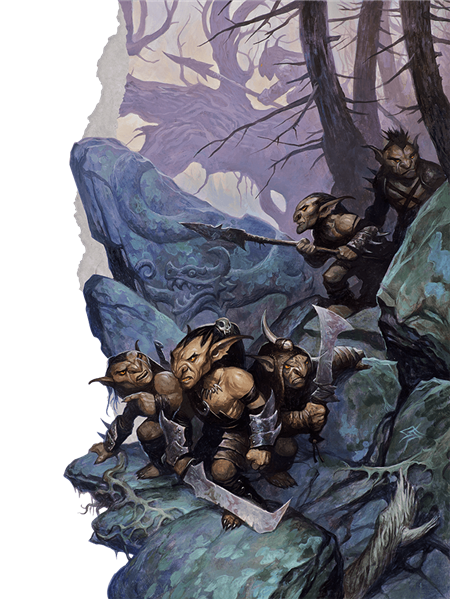 Now that you have a few examples of what made your players enjoy the adventure, but don’t forget to indulge yourself a little bit, too. In the left column, beneath what you just wrote, write down highlights of the game that made you happy and focus in on what happened and why you enjoyed it.
Now that you have a few examples of what made your players enjoy the adventure, but don’t forget to indulge yourself a little bit, too. In the left column, beneath what you just wrote, write down highlights of the game that made you happy and focus in on what happened and why you enjoyed it.
Creating More Awesome Moments
Now that you’ve identified the highlights of your game, it’s time to use this information to create the bones of your next adventure. There are two methods available to you, and the best DMs apply them both to create fun adventures.
Method One: More of the Same
You can often make great follow-up adventures by focusing on what made your game fun the first time. If your players loved fighting a big monster, focus your second adventure around an even bigger, badder monster! If they liked one of your NPCs, have your second session focus entirely around that NPC! Deepen the mystery you introduced in session one by making another mysterious object the focal point session two, and give a few more clues that point towards a big reveal (even if, like J.J. Abrams, you don’t know what the reveal is quite yet).
This is a simple, effective way of creating more good stuff. What’s better than one slice of chocolate cake? Well, obviously, two slices of chocolate cake! This method is excellent if you aren’t too confident in your mastery of the rules; by sticking to what worked the first time and adding only one or two elements that take you out of your comfort zone, you get to take baby steps toward becoming a better Dungeon Master. You aren’t going to become Matthew Mercer overnight, and that’s fine.
Of course, there’s a catch. The trick is, what may work well for you the first two or three times starts to give diminishing returns. I wouldn’t say that the fourth slice of chocolate cake is any better than the first two, and in fact, it may start to give you a stomachache. If you give the players more and more of what they superficially enjoyed session after session, your game will start to feel like empty calories. So, while it’s okay to go into your second session thinking exclusively about what your players enjoyed, also think about why they enjoyed what they did.
Method Two: Find the Heart of your Fun
It takes a lot more work to make adventures based on why your players enjoyed a highlight of your first session, but digging beneath the surface will help you create games that are just as fun without becoming stale. Here are some examples of reasons why a player might enjoy an awesome moment:
|
Moment |
Why They Enjoyed It |
|
Defeated a monster |
A player got to use a core class feature and felt powerful because of it; or, the monster had an interesting story that made the players think deeply |
|
Tricked an important authority figure |
A player loves puzzle-solving; or, a player got to show off their own improv acting ability; or, a player likes to create mischief and get away with it |
|
Told a joke that made the whole table laugh |
A player really just wants an excuse to hang out with friends |
|
Discovered a mysterious object or location |
A player wants the whole story to be obtuse and mysterious, slowly unfurling like a Harry Potter story; or, a player likes small-scale puzzles to solve and then move on |
|
Found a powerful weapon |
A player loves becoming more powerful; or, a player is interested in the story behind magical weapons like Excalibur |
|
Part of a player’s backstory is revealed |
A player likes being in the spotlight; or, a player likes having the ability to control the narrative, rather than just reacting to the DM’s story |
So, if your players defeated a big monster and had a great time, they probably enjoyed more than just the monster slaying. They might have enjoyed the feeling of being powerful. If you’re writing your own custom adventure, you can insert other places where they get to feel powerful, such as wielding their social power as folk heroes over a cruel duke. Or, perhaps they enjoyed the monster’s story because it was tragic and compelling. So, your next adventure can have a moment where they meet an NPC mage who lost her husband and accidentally started a minor zombie plague by trying to resurrect him with forbidden magic.
As you can see, however, figuring out why your game’s best moments went over well isn’t nearly as simple as identifying what your players superficially enjoyed. You will certainly misjudge why your players liked a moment and create a follow-up that falls completely flat. Don’t take these failures personally. Just chalk them up to inexperience—with the game, with the group, and so on—and move on to creating another awesome moment.
Combining the Methods
You can use both deep and surface-level analysis to create good follow-up adventures. One isn’t inherently superior to the other—and in fact, sometimes more of the same superficial stuff is exactly what a D&D game needs. Adventures are made up of multiple scenes and encounters, after all. Try basing most of the scenes in your next adventure off of things your players superficially enjoyed in your last game, and stretch your creative muscles with just one encounter by digging deep into an encounter and creating a totally different encounter that parallels something they enjoyed last time.
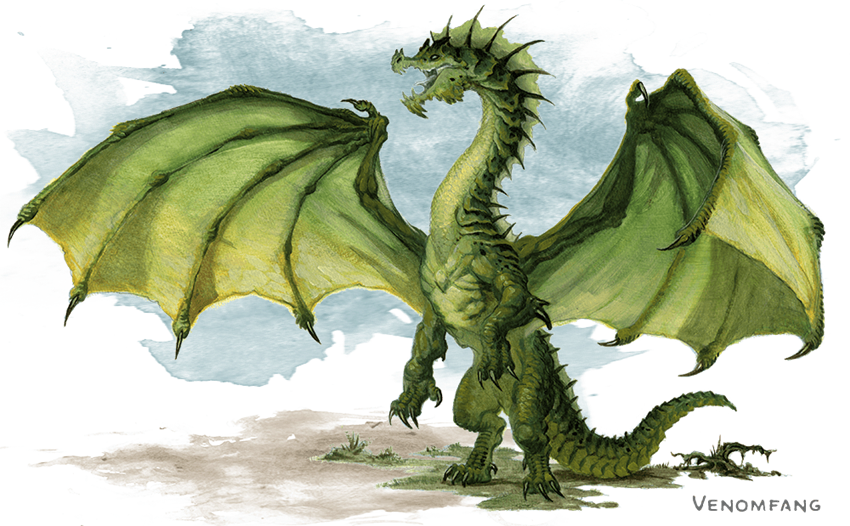
But I’m Running a Published Adventure!
The advice given above is most easily applied to a DM creating an adventure from scratch. Since a DM in that position is creating encounters purely from their own ideas, it seems like it’s easier to customize your content based on your players’ preferences. However, even if you’re running a published adventure, you have a responsibility to yourself and your players to play a fun game of D&D. How do you that if you’re running a game based on someone else’s work?
The solution is to identify what parts of the session fit the whats and whys you identified earlier ahead of time. Did your players have fun fighting goblins in the first session? Take note of the goblins (if any) present in the next part of your adventure. If there aren’t any goblins, look for NPCs that might talk about goblins, like a merchant whose shipment was stolen by them, and asks the characters to find and retrieve their boxes. Or, if you think the players enjoyed a desperate battle against goblin ambushers that they weren’t sure they would win or lose, look for ways to give them more uncertain, gritty, and perilous situations, such as with a group of ruffians ganging up on them in a crowded and dingy bar.
If any of those examples seemed familiar, it’s because those are all moments that could easily occur in chapter 2 of Lost Mine of Phandelver, the adventure in the D&D Starter Set. The people who designed these published adventures know how to design a good game, so all the necessary components are there: it’s up to you to highlight the ones that you think will work best and discard or minimize the rest. Game designers won’t be offended if you surgically remove parts of an adventure they wrote; that’s the whole point of a D&D game, to be easily modified to suit your table.
Why Do All This?
You don’t have to put this much thought into making an excellent D&D adventure. It’s totally okay to look at the next chapter of the adventure you’re running in the ten minutes before you play and fly by the seat of your pants, if that’s what’s most fun to you. If you want to transform your D&D game into one where each session has amazing moments frequently and purposefully rather than occasionally and by accident, you need to think about what’s fun for you and your friends. If you want to tell a deep and emotional story in the vein of The Adventure Zone or Critical Role, you need to think deeply about your plot points, just like your players need to think deeply about their characters.
These are just a few ways that you can create adventures that are fun for both you and your players. Next time you run a game, try asking your players directly after the game what their favorite part of the game was, and take notes. Even if their answers are short or vague, that’s still important data.
Next time on New Player’s Guide, we dive into the world of tactical combat and help you create exciting gameplay in your combat encounters.
Create A Brand-New Adventurer Acquire New Powers and Adventures Browse All Your D&D Content
 James Haeck is the lead writer for D&D Beyond, the co-author of Waterdeep: Dragon Heist, Baldur's Gate: Descent into Avernus, and the Critical Role Explorer's Guide to Wildemount, a member of the Guild Adepts, and a freelance writer for Wizards of the Coast, the D&D Adventurers League, and other RPG companies. He lives in Seattle, Washington with his fiancée Hannah and their animal companions Mei and Marzipan. You can find him wasting time on Twitter at @jamesjhaeck.
James Haeck is the lead writer for D&D Beyond, the co-author of Waterdeep: Dragon Heist, Baldur's Gate: Descent into Avernus, and the Critical Role Explorer's Guide to Wildemount, a member of the Guild Adepts, and a freelance writer for Wizards of the Coast, the D&D Adventurers League, and other RPG companies. He lives in Seattle, Washington with his fiancée Hannah and their animal companions Mei and Marzipan. You can find him wasting time on Twitter at @jamesjhaeck.








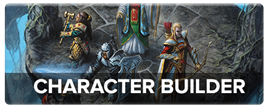
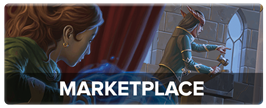
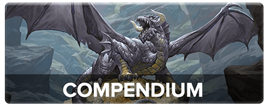
-
View User Profile
-
Send Message
Posted Mar 13, 2020That Method Two breakdown is great :)
-
View User Profile
-
Send Message
Posted Mar 13, 2020Great article! The two methods are like cake and frosting.
Method 1 is like the frosting. A quick reward of extra sweetness, a dopamine rush, and it adds moistness and sweetness. If it's all method 1 frosting, it gets cloying and unsatisfying.
Method 2 is like the cake itself. More robust, with good body and texture, delicious on its own, and provides the structure and flavor of the game. An all method 2 game would hold up better than an all method-one game would, but could be kind of dry and less exciting.
With both in a good proportion, it's perfect.
-
View User Profile
-
Send Message
Posted Mar 14, 2020Really Helpful!! I just started my own home brew today and was nervous to see how it played out. Although the beginning is a little slow, they loved it! This will really help me on focusing on pinpointing different adventures that they will enjoy. So to summarize thank you! 🙏
-
View User Profile
-
Send Message
Posted Mar 14, 2020I LOVE these articles. Bravo!
-
View User Profile
-
Send Message
Posted Mar 15, 2020Wow :D
-
View User Profile
-
Send Message
Posted Mar 15, 2020Fantastic article!
-
View User Profile
-
Send Message
Posted Mar 17, 2020This website is really cool
-
View User Profile
-
Send Message
Posted Mar 17, 2020As someone who has yet to DM a long-running campaign but has at least 5 full campaign ideas, this is an article that I can really connect with
-
View User Profile
-
Send Message
Posted Apr 18, 2020I love being the dungeon master of my group but I have many characters I wish to play. Is there a good way to have another player serve as the DM?